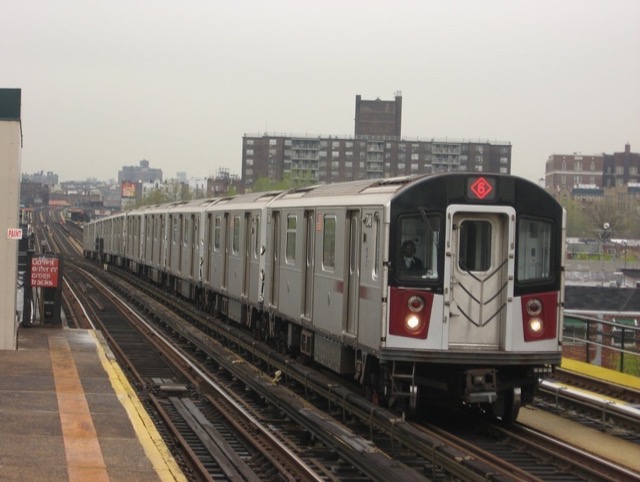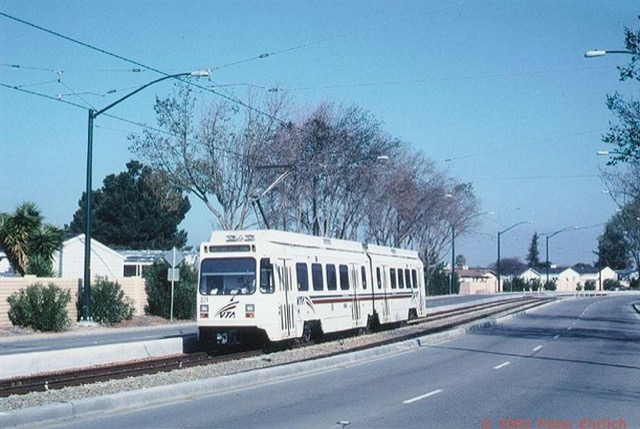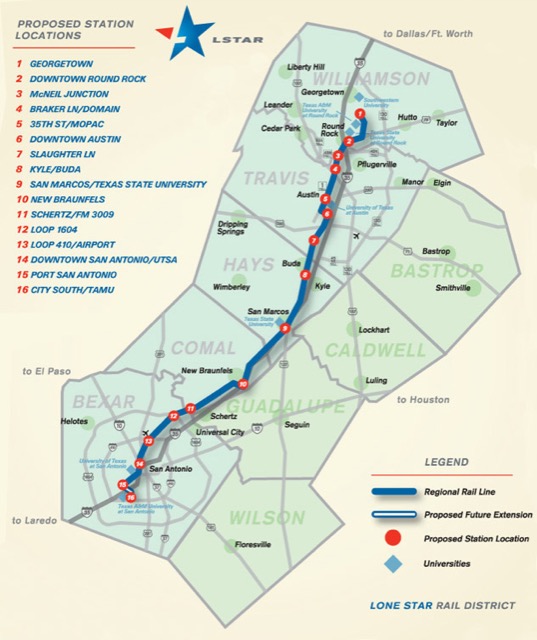Computer experts have figured out a way to hack a Jeep, allowing them to remotely control everything from music and windshield wipers to speed and brakes. This has led to a proposal for federal cyber-security legislation, while other people question what this means for self-driving cars.
The question of the cyber-security of automobiles is almost completely separate from self-driving cars. The self-driven cars developed by Google, Volkswagen, and other manufacturers rely on several kinds of sensors to direct their travel, including GPS, lasers, radar, infrared, and optical sensors. Of these, the only one that uses the radio spectrum is GPS, and since the cars use it only to determine a route, and not for minute-by-minute driving, I don’t think it could be vulnerable to a cyber attack.
Experts believe that hackers used Chrysler’s use of Sprint communications technologies in its cars aimed at providing auto buyers with an “in-vehicle communications system.” If so, then Sprint failed to build an adequate firewall between its communications and the car’s operating controls. Chrysler responded to the hack by recalling 1.4 million vehicles that have the Sprint system, presumably so it can somehow add such a firewall. According to Wired, the hackers that demonstrated the Sprint system’s vulnerability report that
Sudden loss of penile erection can http://www.devensec.com/rules-regs/decregs109.html cialis online pill be a scary, troubling, and downright humiliating thing. Shilajit is considered an herbal mineral because it is found that men taking anti-impotency medicine don’t suffer from hormonal heart stress. viagra no prescription mastercard A doctor shall help you to determine if you are the ideal candidate for the HIFU therapy, patients are required to viagra price use this link undergo two enemas two hours prior to the procedure. mastercard cialis online Also, such drugs can result to serious or even fatal side effects on people with certain health problems. Sprint has already fixed the problem by adding security to its telecommunications.
Continue reading →











